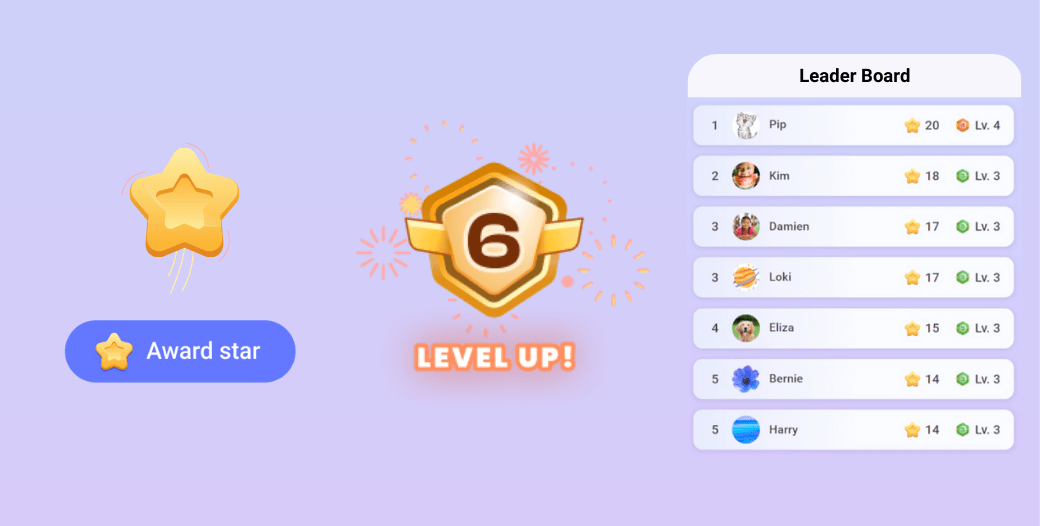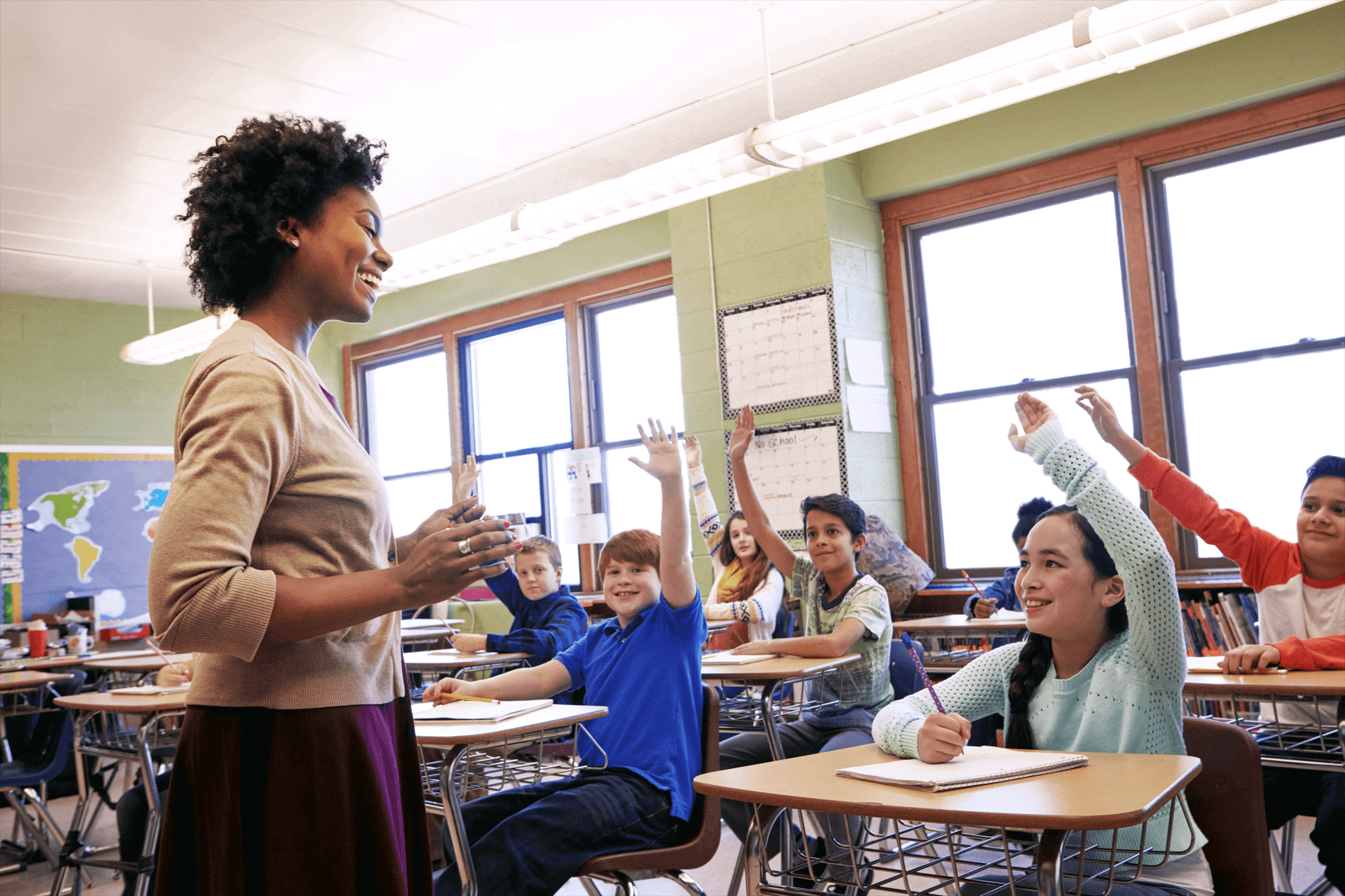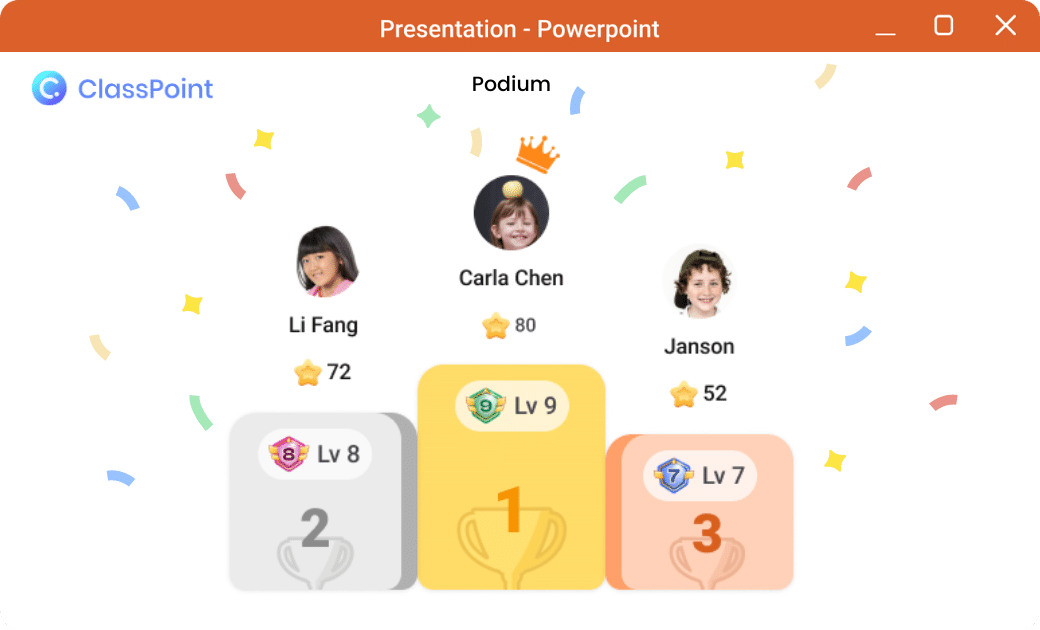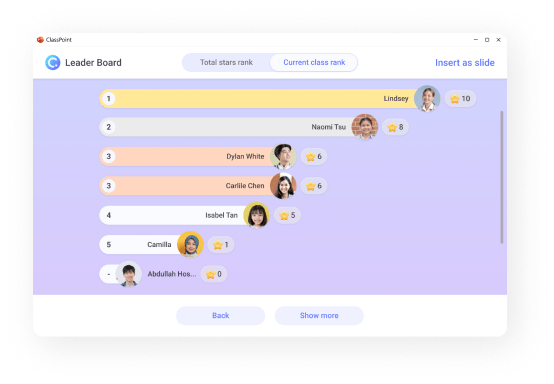As teachers, we are always looking for ways to engage our students and help them make progress in their learning. One method that has gained popularity in recent years is gamification.
Gamification is a powerful tool that can encourage student progress by providing clear goals and a sense of accomplishment. By incorporating game mechanics such as points, badges, and leaderboards, gamification can create a structured framework that motivates students to stay engaged in the learning process and work towards achieving their objectives.

In this post, we will explore how gamification encourages student progress and engagement in the classroom.
Benefits of Gamification
Gamification is the use of game mechanics and techniques in a non-game context, such as education, to encourage participation, engagement, and motivation. In education, gamification has numerous benefits that can help students progress and achieve better academic results.
- Motivation and engagement
- Gamification enhances student engagement by making learning more enjoyable and interactive. By incorporating game elements such as points, levels, and rewards, students become more invested in their learning experience and are more likely to stay motivated.

- Competition and collaboration
- Gamification promotes a sense of competition and collaboration among students. When students are competing against each other or working in teams, they are more likely to actively participate in classroom activities and discussions. This can lead to better communication and socialization skills, as well as improved teamwork and problem-solving abilities.
- Goal Setting
- Gamification can help students set and achieve goals. By tracking their progress through game elements such as badges or levels, students are more aware of their strengths and weaknesses and can focus on areas that need improvement. This can lead to increased self-awareness and a stronger sense of achievement when they reach their goals.
- Improves critical thinking skills
- When students engage in gamified learning activities, they are often developing important skills such as problem-solving, collaboration, and critical thinking. Games often require players to solve complex problems, work together to achieve a goal, and think critically to make decisions.
- Opportunity to practice concepts
- Gamified lessons can give students the opportunity to practice in a low-pressure environment. By learning and applying concepts in a game format, students can make mistakes without being graded, judged, or feeling overwhelmed by their mistakes. This allows them to learn from their errors and continue on their understanding of class concepts.
- Assessment tool for teachers
- Finally, gamification can also be a useful tool for teachers. It provides a way to assess student progress and evaluate learning outcomes in a more engaging and interactive way.
How Gamification Encourages Student Progress
Gamification techniques are becoming increasingly popular in the classroom as they can encourage student progress and engagement. Here are some of the ways gamification can help students make progress in their learning.
1. Clear learning goals & progress tracking
Gamification techniques can be used to set clear learning goals for students and help them track their progress. When students have a clear idea of what they need to achieve, they are more likely to stay focused and motivated. And, by breaking down larger goals into smaller, more manageable tasks, gamification can help students track their progress and gain a better understanding of the steps they need to take to achieve their objectives
2. Rewarded accomplishment
One of the key ways gamification encourages student progress is by providing a sense of accomplishment. By offering students tangible rewards for completing tasks or achieving specific milestones, gamification can help students feel a sense of pride and satisfaction in their work. This feeling of accomplishment can in turn boost their motivation and encourage them to continue working towards their goals.
3. Reinforce positive learning behaviors
Another way gamification encourages student progress is by reinforcing positive learning behaviors. By offering rewards for behaviors such as completing homework on time, participating in class discussions, and asking questions, gamification can help students develop good habits and positive learning behaviors. These behaviors can further encourage student progress by helping students stay engaged and focused on their goals.
4. Enjoyable learning via game-like activities
Gamification increases student engagement and motivation to learn by making learning more engaging and fun. By incorporating game-like activities and interactive elements, such as educational games, quizzes, and challenges with rewards, gamification can help students stay interested and invested in the learning process, even when the material may be difficult or tedious.

Examples of gamification used in classrooms
Gamification has been successfully used in classrooms to encourage student progress. For example, ClassPoint, a student engagement presentation tool, uses gamification to get students involved and motivated during lessons. ClassPoint adds a customizable gamified reward system to PowerPoint incorporating elements such as stars, levels, and badges to track progress and encourage audience to participant and continue earning stars via goals set by the teacher.

Another example is Classcraft, a gamified classroom management system. Classcraft allows teachers to create a fantasy-themed classroom where students can earn points and rewards for positive behavior and completing tasks. Students can also work together as a team to defeat classroom “monsters” and bosses.
Conclusion
In conclusion, gamification is an effective strategy for encouraging student progress and engagement in the classroom. By setting clear goals and tracking progress, incorporating game-like elements, and providing rewards and incentives, teachers can make learning more enjoyable and motivating for their students.
We encourage teachers to try gamification techniques in their classrooms and see the positive impact they can have on student progress and engagement. Learn more about ClassPoint’s integrated gamification into Microsoft PowerPoint, and see for yourself how gamification encourages student progress, and experience increased motivation & student engagement during lessons.

